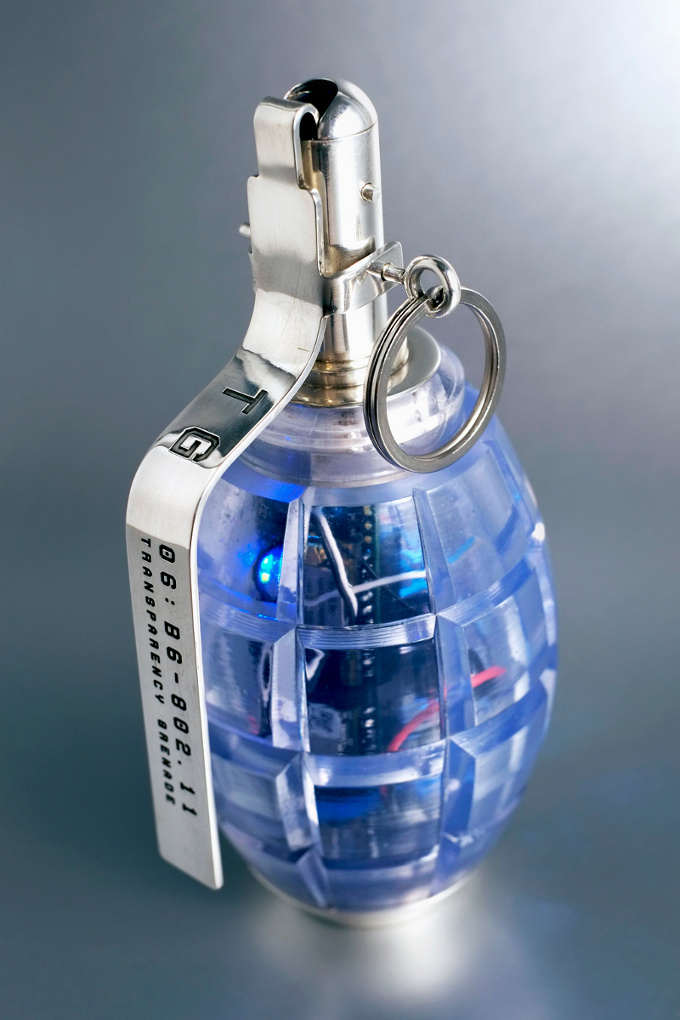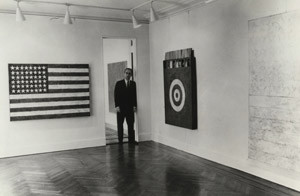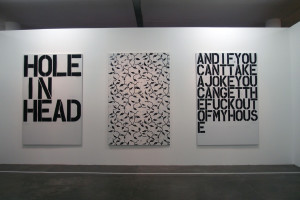On Pop Art and Critical Engineering
Why is art that uses technology so difficult to appreciate and why is there no sizeable art market for it?
At a time when the world is undergoing its most transformative period for 250 years it is a little surprising that the global art world is bloated with mediocre art offering shallow, backward thinking fuelled by artisitic self-indulgence on a herculean scale. Artists are human beings and so whenever there is social upheaval it shouldn’t be surprising that so much cultural production looks inwards or backwards.
History also proves that social and cultural spasms also deliver a new type of creativity as a way of understanding the changes – a kind of symmetry.
The wave of change we are experiencing today and will be for the next 50 years is largely borne out of engineering – and digital engineering specifically. Software, and its worldly servant electronics, as Marc Andreesen points out is ‘eating the world’.
So where are the artists that are embracing the space opened up by this transformation. Where are the artists that are showing us what is newly visible and what remains hidden in plain sight?
The good news is that they are alive and kicking and in Berlin. Working around here.
Julian Oliver, Gordan Savicic, Danya Vasilev form the Critical Engineering Working Group. From their Berlin studio collective Weise7, they produce ground-breaking work based on the invisible technical infrastructure morphing around us. Through wit, invention and technical craft they expose the flaws, fallacies and dangers that form our newly emerging digital cocoon.
Point 0 of their manifesto reads:
The Critical Engineer considers Engineering to be the most transformative language of our time, shaping the way we move, communicate and think. It is the work of the Critical Engineer to study and exploit this language, exposing its influence.
Read the whole thing here The Critical Engineering Manifesto, 2011-2014
Despite a healthy speaking circuit and global reach of gallery exhibits the group’s work is criminally under-represented in high profile public collections and is almost without resonance in the public mind.
Why?
To understand the reasons behind this bug in the art system, it pays to start thinking about Pop Art and its genesis at Jasper John’s first one-man show (New York, Leo Castelli Gallery, 1958).
History might have written the following epitaph for this show and the fountain of Pop Art it spawned:
The Pop Artist considers Semiotics to be the most transformative language of our time, shaping the way we move, communicate and think. It is the work of the Artist to study and exploit this language, exposing its influence.
That definitely would have matched Andy Warhol’s ‘Pop Art is about liking things.’
Many of the pop artists of that era didn’t have the clarity or brevity that Weise7 display (thank God for engineers), but their struggle was to make sense of the new visual language and cultural impact of the sign. The latent power of symbols and signs to influence society through their offspring mass media and consumerism was brilliantly explored in the work of Johns, Rauschenberg, Warhol and Richard Hamilton.
They were involved in a fight to make high art from what was invisible in plain, low sight. Their approach was both initially shocking but successfully opened up fertile new ground that artists like Christopher Wool are still mining today.
So why isn’t Julian Oliver as rich as Jeff Koons and Danya Vasiliev the proud owner of a secure studio bunker the size of Anselm Keifer’s?
This is due to a clash between three elements:
- The technical nature of their pieces (products?).
By technical nature I mean the hardware and software, but also the virtuosity of the way they are engineered. It is difficult for someone who doesn’t understand wireless networks, cryptography, software development or even basic computer network principles to understand the beauty of the work being made.
- Their apparently esoteric message.
I use the word apparently because of the context of the works. If you don’t understand the principles then the work may not only be seen as esoteric, but worse – re-enforcing the great mystery of the cocoon that is terrifying for most of us when we are confronted by the facts about security and surveillance.
- How aesthetic value is judged.
If we agree the aesthetic value of (visual) art is a mix of methods and techniques (peculiar to the artist) that are employed to enhance (or be) what the work is about, then how well they perform this task can be said to establish the work’s aesthetic value. Again a lack of context is hampering understanding.
To anyone that can understand the complexities of what is being accomplished inside the work of Julian Oliver and Weise7 it is wonderful and truly beautiful to appreciate. There is a continuity of wit in the concept through execution and purpose that is as strong as any Marcel Duchamp work. The combination of content and craft in each piece packs a punch that is unlike any other collection of work I know of.
It’s said that great art is like an engine running clean – every part designed and working perfectly to one end – the delivery of maximum power. These guys are the AMG of the art world.
But that may be their limiting factor. Engineers love AMG engines, but most of us buy Mercedes cars. The car brings a way for each of us to experience the full force of the engineering without the requirement to be an engineer.
This is contextual aesthetic value. The pop artists knew it in their bones and had the means of expression to deliver it.
So can software eat the art world?
Without this way for a wider appreciation, work that employs and comments on technology or techno-social ideas may be judged on its conceptual novelty or technical prowess. Its influence may be left to the vagaries of time and chance, and possibly not fulfil its potential to inspire a change in wider societal thinking. That would be a tragedy for all of us.
Alternatively Critical Engineering’s audience is here but 15 years away from market influence. But they will have it. They are our future leaders.
Photo credits:
Grenade – Photo by Khuong Bismuth
No Network – Copyright Julian Oliver
Castelli – Copyright Leo Castelli
Christopher Wool show – Elias Tezapsidis





